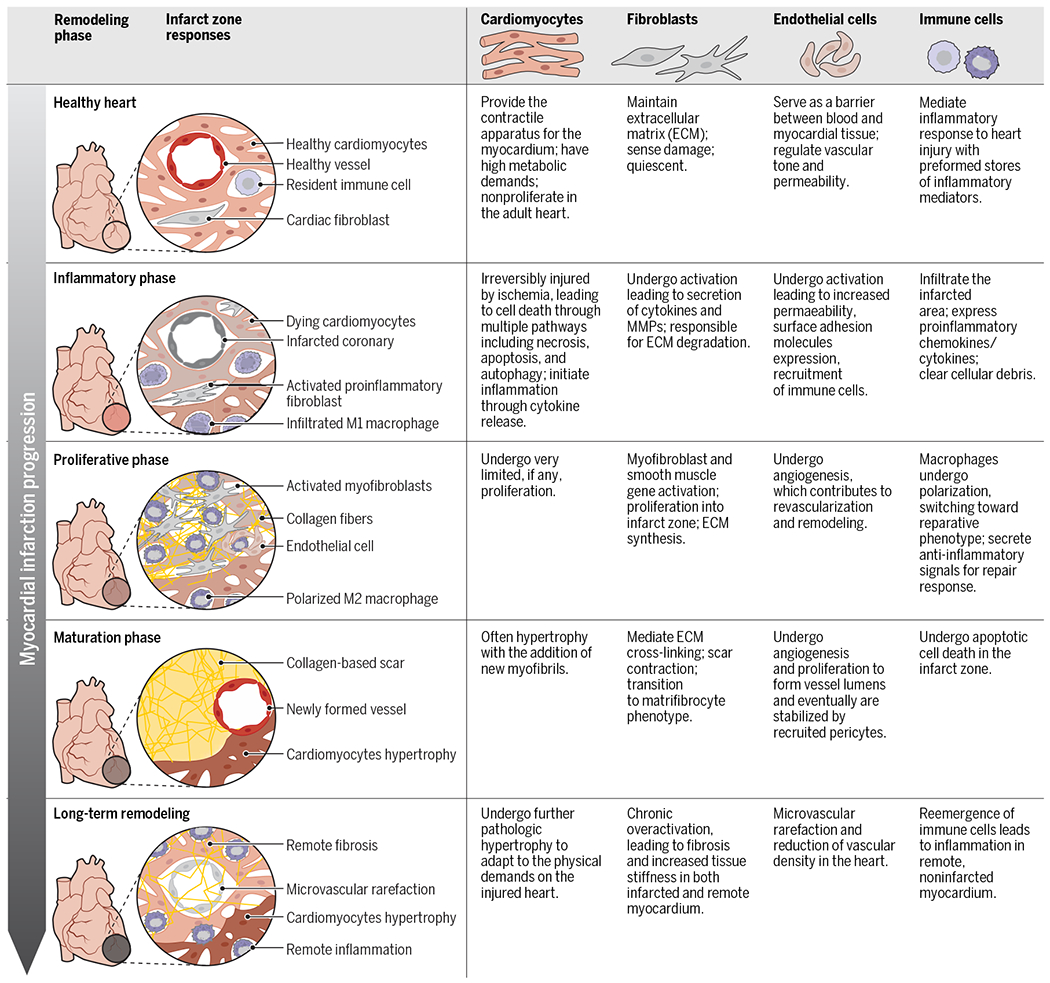Fig. 1. Summary of myocardial infarct progression with a focus on the role of each cell type.

Immediately after infarction, the inflammatory phase begins and is characterized by irreversible cell death of all cell types in the infarct and the initiation of the inflammatory process through cytokine release. Next, the proliferative phase is characterized by the activation of CFs and the initiation of scar development. Macrophages also undergo polarization and switch to an anti-inflammatory phenotype during this phase. The maturation phase is characterized by cardiomyocyte hypertrophy in response to increased cardiac demand and the maturation of the scar that forms over the infarcted area. Last, long-term remodeling is characterized by pathological changes including maladaptive cardiomyocyte hypertrophy, chronic overactivation of CFs, decreased vascular density, and reemergence of an inflammatory response.
